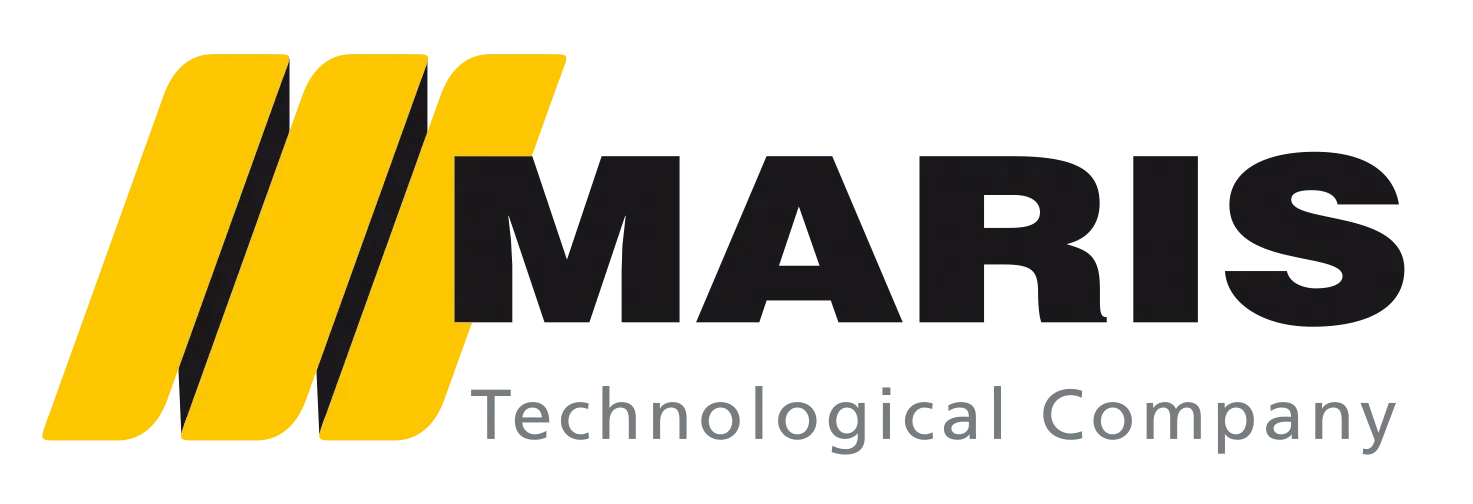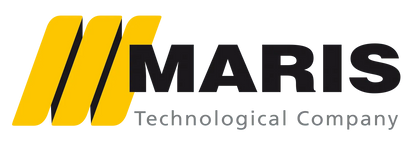ADHESIVES
Many years of experience in the sector allowed us to optimize co-rotating twin-screw extruder technology for the continuous production of the following types of adhesives:
· HOT MELT ADHESIVE
· SOLVENT BASED ADHESIVE
· TOTAL SOLID ADHESIVE
Their production is traditionally carried out in a discontinuous way. This process however presents some criticalities, which can be summarized in the following points:
• difficult reproducibility, as each production lot may have different characteristics;
• difficult cleaning;
• high number of phases in succession;
• operator involvement in almost all stages of the process. This may result in a prolonged exposure to chemicals used and therefore pose a risk to his health and safety.
• low automation.
These issues can therefore be overcome thanks to the continuous process performed by the co-rotating twin-screw extruder, which has the following features:
• easy reproducibility;
• easy cleaning. As a matter of fact, the screw profile of a co-rotating twin-screw extruder is self-cleaning and it therefore allows a quick shift from a formulation to another;
• closed system and safer process for the operator because exposures to the chemicals used are very limited;
• fully automatic process, where the formulation components are precisely fed by means of gravimetric feeders;
• continuous monitoring of process parameters.
Production processes are listed and detailed below.
CONTINUOUS HOT-MELT ADHESIVE
Picture 1 shows a typical layout for Hot Melt Adhesive continuous production.

Picture 1
CONTINUOUS SOLVENT-BASED ADHESIVE
The solvent-based adhesive discontinuous production – the traditional one – presents the following critical aspects:
• conspicuous percentage of solvent (between 65% and 70%);
• large amount of solvent-based adhesive within the production area;
• dilated solvent evaporation time;
• remarkable level of solvent evaporation energy;
• significant quantity of solvent dispersed in the production environment;
• low automatization.
Thanks to the considerable experience acquired in the field, MARIS offers continuous production systems in order to overcome these criticalities.
Those production systems proposed may be of two types: one-step (Picture 2) and two-steps (Picture 3). Both share the following features:
• the percentage of solvent can be reduced up to 40%;
• low amount of solvent-based adhesive within the production area;
• reduced solvent evaporation time;
• reduced solvent evaporation energy;
• closed system and drastic reduction of solvent dispersed within the working environment.
ONE-STEP
PATENTED
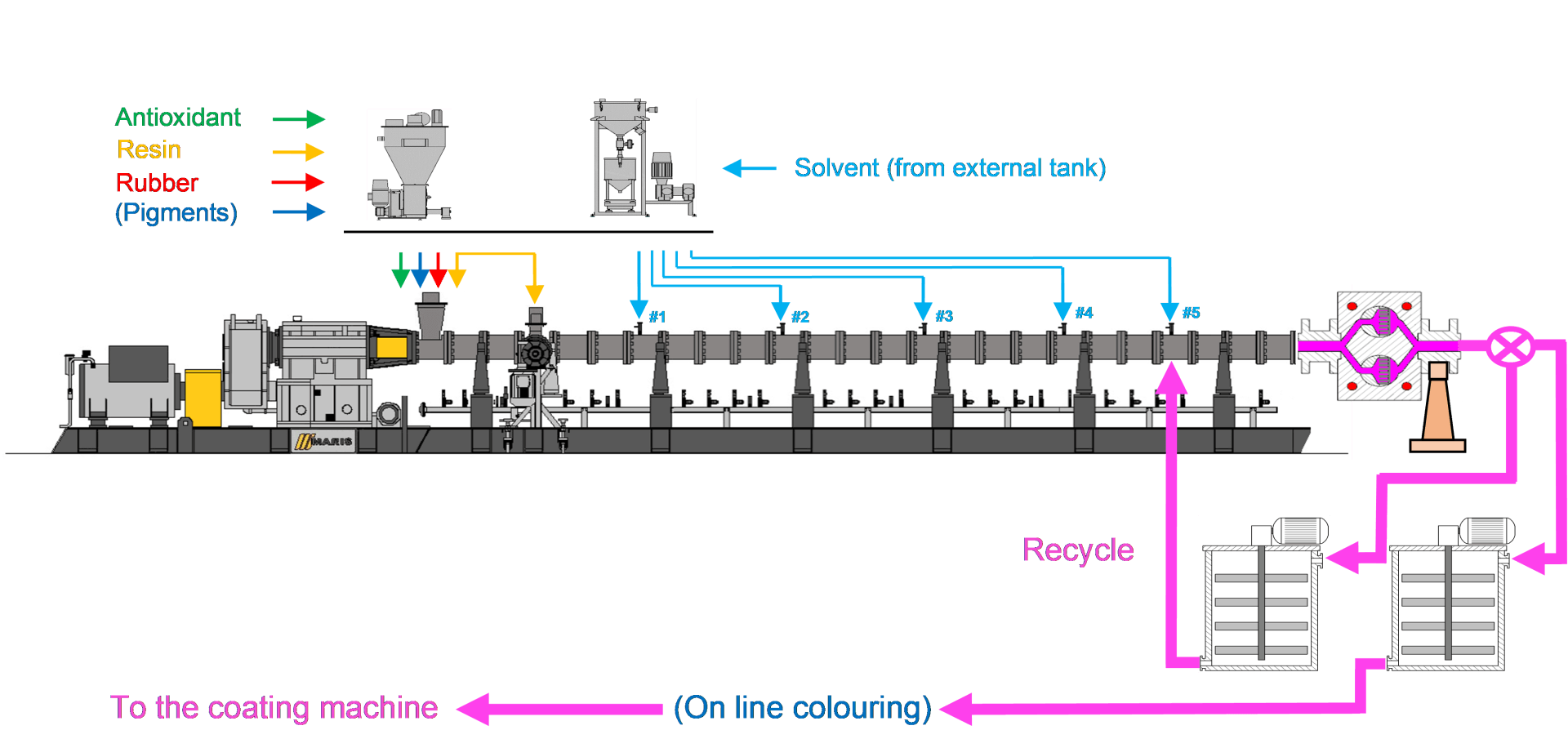
Picture 2
TWO-STEPS
PATENTED
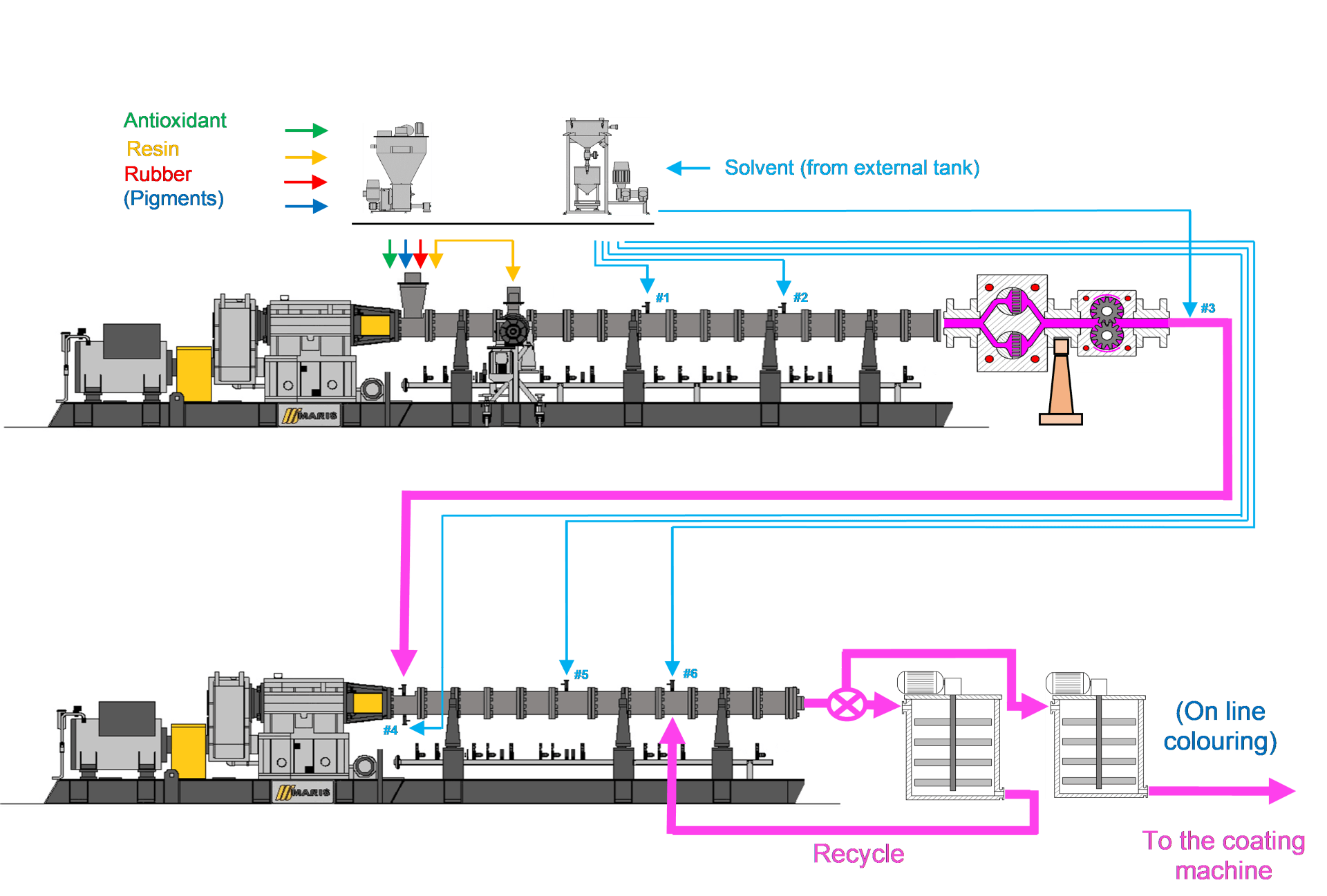
Picture 3
Although more complicated due to the high number of components, the two-step process guarantees higher flexibility as well as a greater output capacity with the same formulation.
TOTAL SOLID CONTENT ADHESIVE
Picture 4 shows a typical layout for the continuous production of Total Solid Content Adhesive.
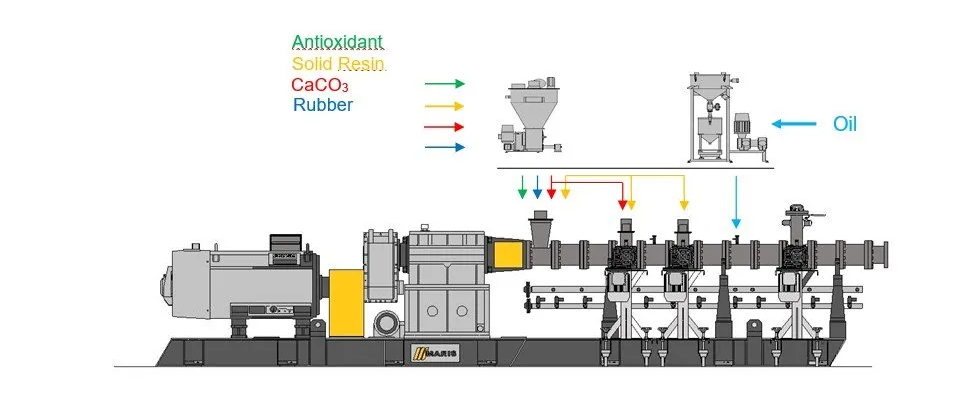
F.lli Maris S.p.A.
Corso Moncenisio, 22
10090 Rosta (TURIN) - Italy
TEL: +39 011 956 7925
FAX: +39 011 956 7987
